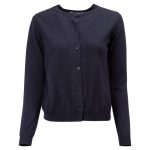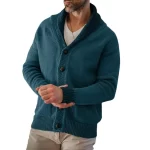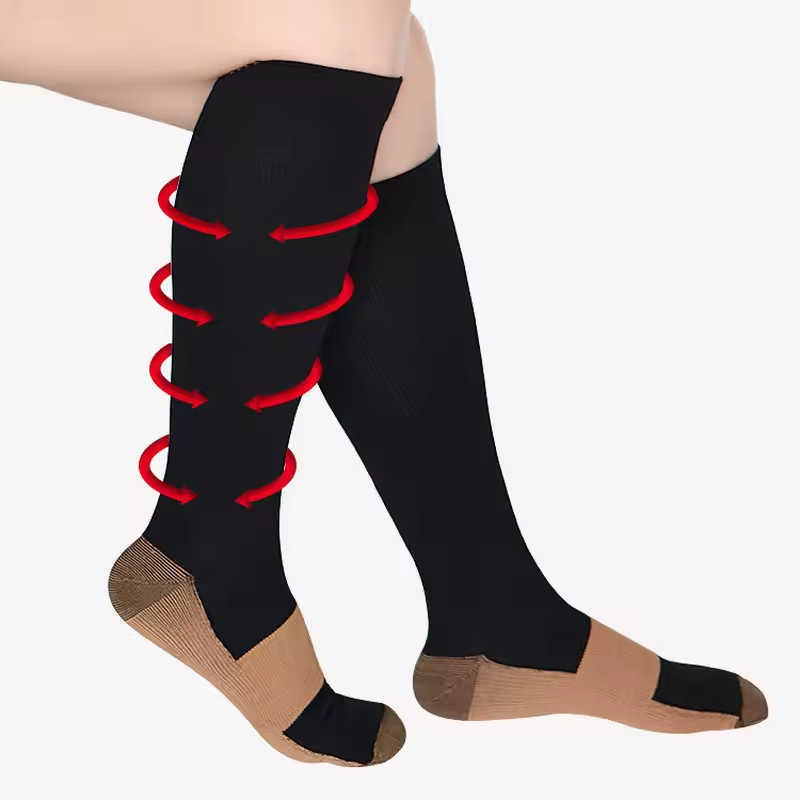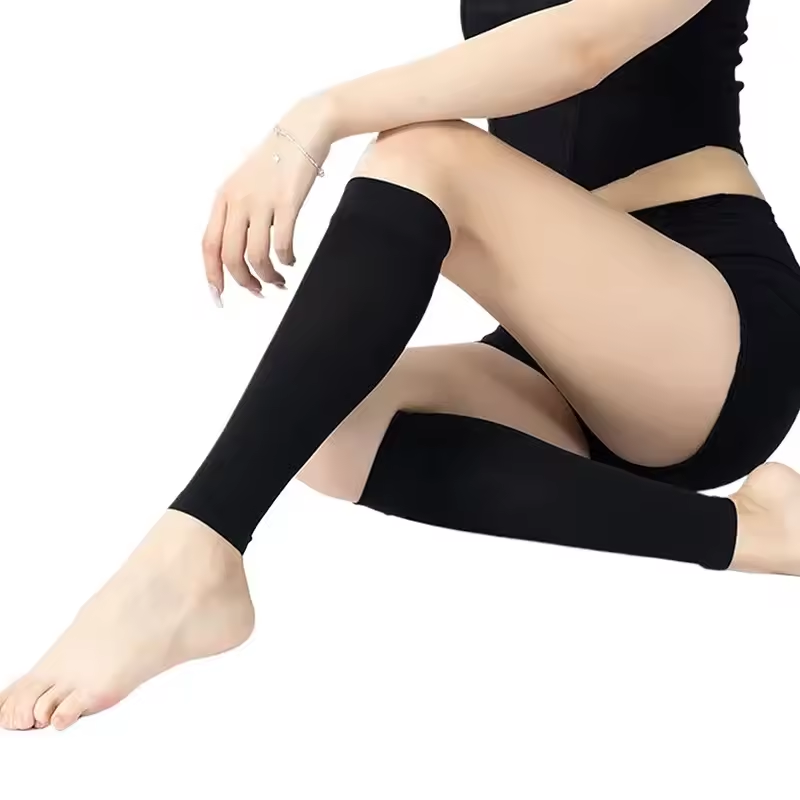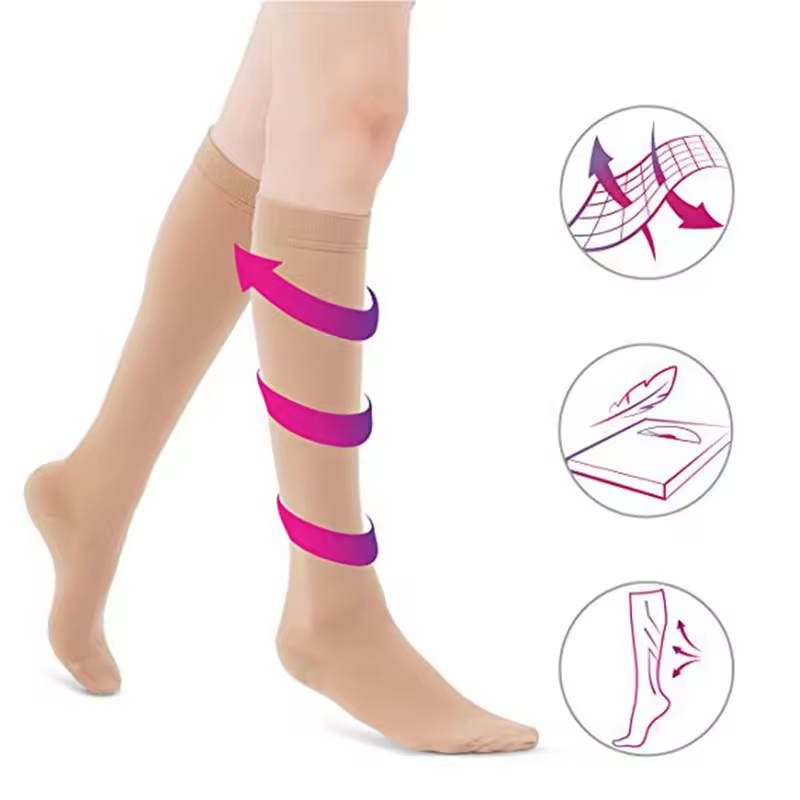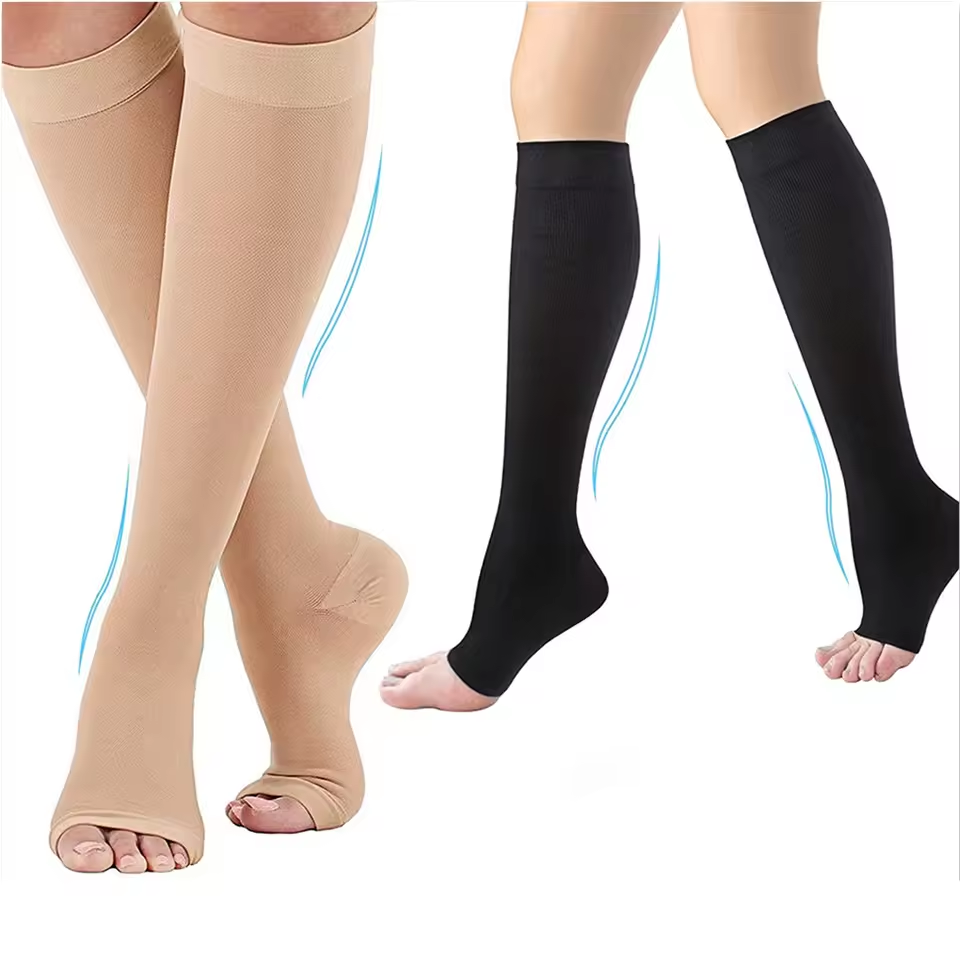The Benefits of Maternity Compression Socks During Pregnancy
Pregnancy brings many changes, including increased pressure on leg veins. Maternity compression socks help ease these effects. They improve blood circulation, which reduces swelling and discomfort in your legs. Wearing them can also decrease the risk of developing varicose veins, a common issue for expecting mothers.
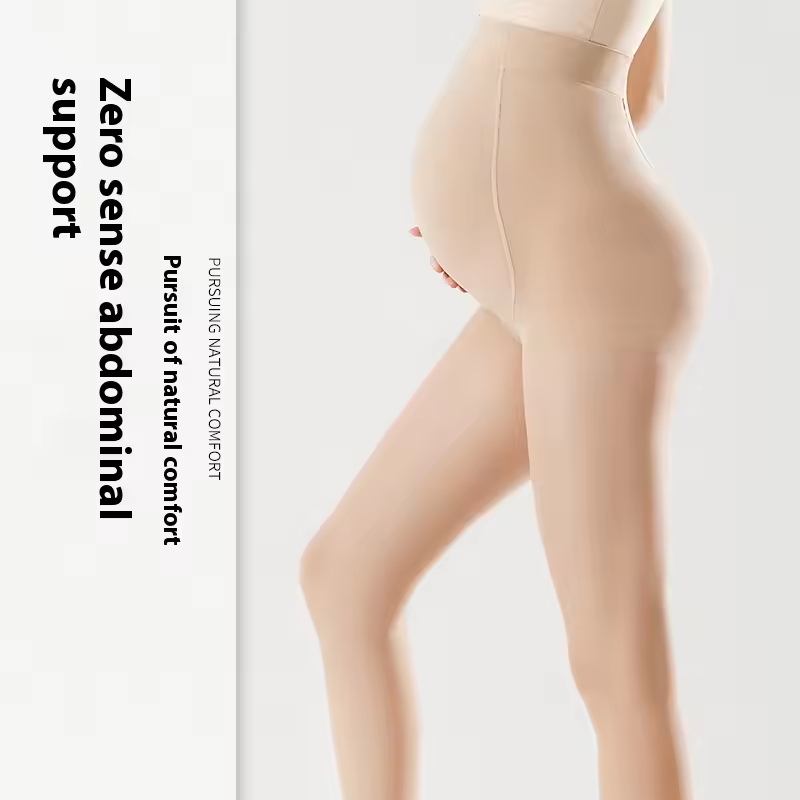
Improved circulation from compression socks means more oxygen and nutrients flow to your legs. This benefit can help reduce the tiredness and aches pregnant women often feel. Plus, they are supportive. The socks apply gentle pressure, offering support that can make standing or sitting for long periods more comfortable.
Some women experience less severe leg cramps at night when wearing maternity compression socks. Better circulation can help prevent these cramps, ensuring a more restful sleep. With less swelling and discomfort, daily activities become easier, allowing for a more active and enjoyable pregnancy.
Finally, the benefits of reduced leg swelling may last beyond pregnancy. By taking care of your legs now, you can support your recovery postpartum. Maternity compression socks are a simple addition that can have a significant impact on your pregnancy comfort and health.
How Maternity Compression Socks Work to Alleviate Pregnancy Discomfort
Maternity socks provide significant relief during pregnancy. So, how do they work? These socks use graduated compression. This means that they are tighter at the ankles and gradually decrease in pressure up towards the knees. This design helps to move blood up the leg against gravity, aiding the return of blood to the heart. The increased circulation prevents blood from pooling in the lower legs, which is often the cause of swelling and discomfort.
The gentle pressure applied by maternity compression socks also helps to stabilize the muscles and veins. This stabilization is crucial because it reduces the strain on your veins, caused by the extra weight and fluid retention common in pregnancy. It also minimizes the stretching of veins, which is how varicose veins form.
By wearing these socks, you can significantly reduce the swollen ankles and feet many pregnant women experience. The compression helps to limit the build-up of fluids in the tissues, known as edema. In reducing edema, you’re not only alleviating discomfort but also preventing potential complications.
Compression therapy, as provided by these socks, is a safe and non-invasive way to manage symptoms of discomfort during pregnancy. It’s important to choose the right level of compression and the correct size for the best results. Comfort and health can thus go hand in hand, making your pregnancy journey smoother and more pleasant.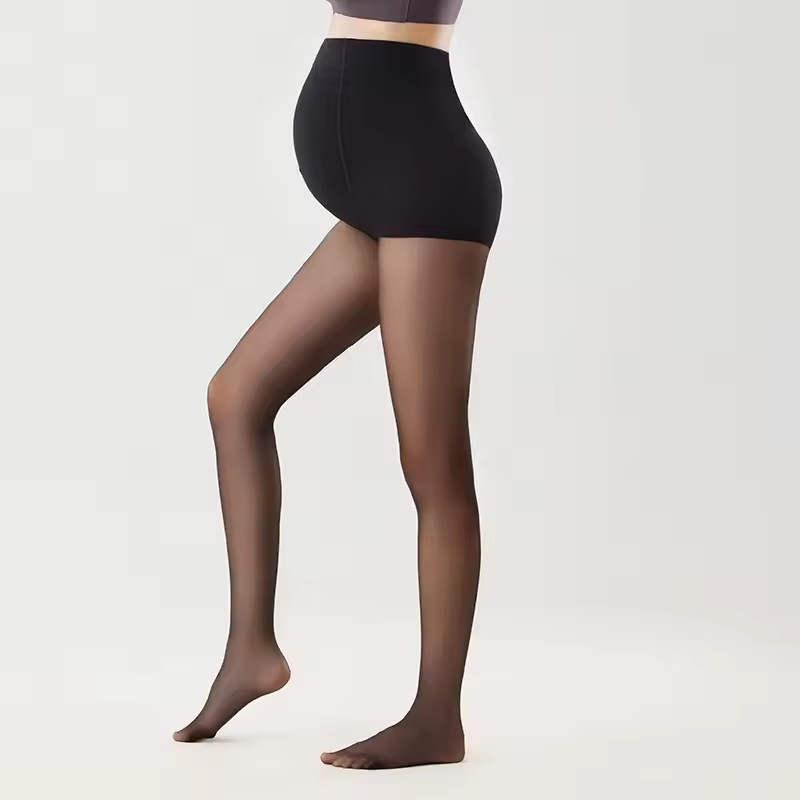
In summary, maternity compression socks work by enhancing blood flow, supporting vein health, and minimizing swelling. They are an effective tool against the physical demands pregnancy places on your legs.
Choosing the Right Fit: Tips on Selecting Maternity Compression Socks
Choosing the right maternity compression socks is vital for comfort and effectiveness. Here are tips to help you select the best fit for your needs:
- Measure Your Legs: For the best fit, measure your legs. Do this in the morning when swelling is minimal. Measure the widest part of your calf, the ankle, and the length from the floor to the bend in your knee.
- Understand Compression Levels: Socks come in various compression levels. Lighter compression is good for mild swelling. Higher compression works for severe symptoms. Ask your doctor what level is best for you.
- Look for Graduated Compression: Ensure the socks offer graduated compression. This feature is key to their function. The compression should be highest at the ankle and decrease up the leg.
- Choose Breathable Materials: Socks should be made from materials that allow your skin to breathe. Breathability is crucial for comfort, especially in warmer climates or during summer months.
- Check for Comfort Features: Look for socks with padded soles or seamless toes. These features can boost comfort, especially if you’ll be wearing the socks for long periods.
- Opt for Adjustable Options: Some socks have adjustable bands or straps. These can help create a custom fit as your body changes throughout pregnancy.
- Consult with Healthcare Providers: Always talk to your healthcare provider before choosing compression socks. They can advise on the right fit based on your specific pregnancy needs.
Remember, the wrong size can cause more harm than good. Too tight, and they can cut off circulation. Too loose, and they won’t provide the needed support. Take the time to find the right maternity compression socks to enjoy a more comfortable pregnancy.
The Various Types of Maternity Compression Socks Explained
When shopping for maternity compression socks, you will find different types. Each type caters to various needs and preferences. Understanding these can help you make a better choice for your comfort and health.
- Knee-High Socks: These cover from your foot to just below your knee. They are the most common and widely used. They suit most pregnant women by providing ample leg coverage.
- Thigh-High Socks and Pantyhose: These extend higher up the leg. Some reach above the knee or up to the thigh. Others are like pantyhose, covering the entire leg and belly. They are ideal if you experience swelling in the upper leg or want more overall support.
- Open-Toe Socks: These have a space at the foot end. Your toes are free, which can be more comfortable in warmer weather or if you have longer toes.
- Closed-Toe Socks: These fully cover your feet. They are great for those who want full foot and leg compression, especially in cooler climates.
- Socks with Zippers: Some maternity compression socks come with zippers. This makes them easier to put on and take off. This type is suitable for women who struggle with tight elastic bands.
- Athletic Compression Socks: These are designed for active pregnant women. They often come with extra padding for the soles. This design helps to absorb impact and provides additional comfort during exercise.
Each type has its own set of benefits. You may want to try a few different types to see which one suits your needs best. As always, consult your healthcare provider before making your choice. They can help guide you towards the maternity compression socks that complement your lifestyle and pregnancy the best.
When to Wear Maternity Compression Socks for Optimal Benefits
Knowing when to wear maternity compression socks is key to maximizing their benefits throughout your pregnancy. Here are the best practices:
- In the Morning: Slip them on first thing in the morning to prevent swelling before it can start. Wear them throughout the day for continuous support.
- During Long Periods of Stationary Activity: If you are either standing or sitting for long periods, wearing these socks can be very helpful in promoting circulation.
- While Exercising: They help stabilize your legs and reduce potential swelling when you are active. Wearing them during light exercise is beneficial.
- On Long Travels: Air travel or car trips can reduce circulation in your legs. Wearing compression socks during your journey can minimize discomfort.
- If Experiencing Significant Swelling: Should your legs swell, wearing your socks can help reduce the severity and provide immediate relief.
- Postpartum Recovery: Continue to use them after delivery to support your legs as they recover and to manage swelling more effectively.
It’s also important to note some situations when removal of the socks is necessary—like when you’re bathing or sleeping. Ensuring proper use is not just about when you wear them, but also about recognizing when to give your legs a break. For personalized advice, remember to consult your healthcare provider.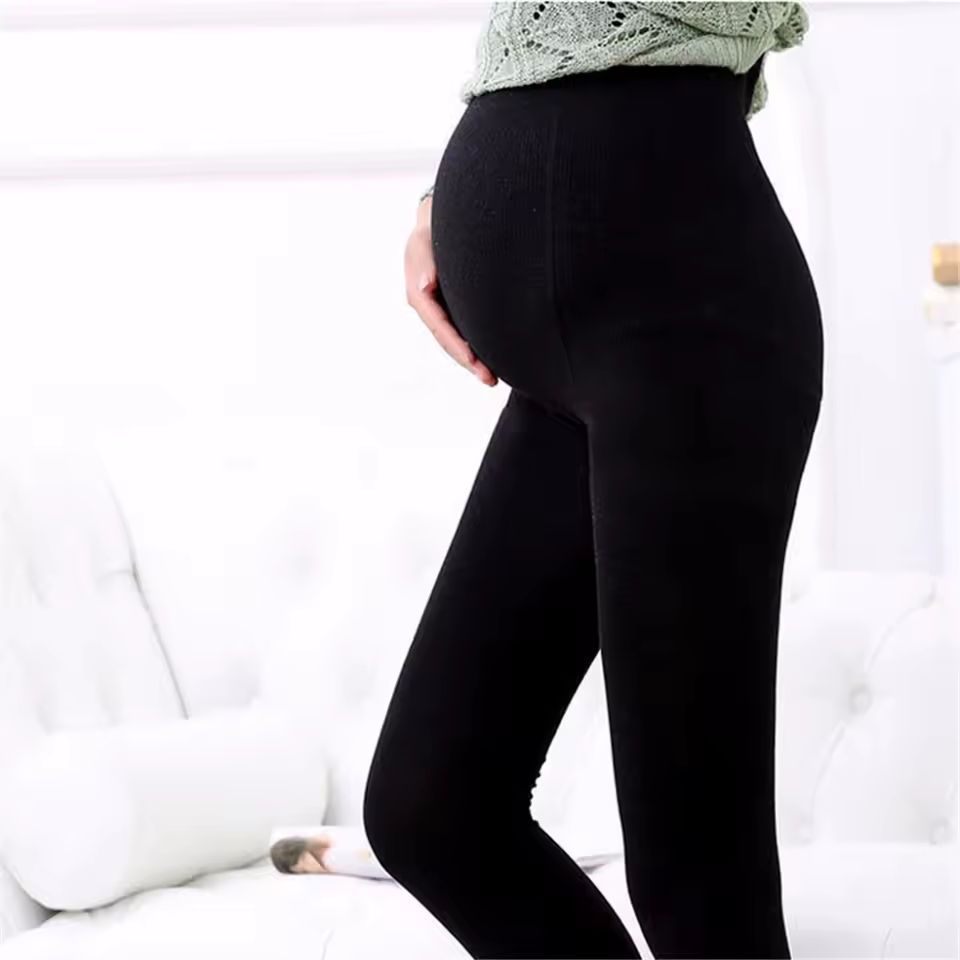
Caring for Your Maternity Compression Socks: Maintenance and Hygiene
Proper care extends the life of your maternity compression socks and ensures hygiene. Here’s how to keep them in top shape:
- Wash Regularly: Clean your socks after each use to remove sweat and bacteria. Wash them gently in cool water with a mild detergent.
- Air Dry: Avoid using a tumble dryer which can damage the elastic fibers. Instead, lay the socks flat or hang them to air dry.
- Prevent Snags: Keep your nails and any sharp objects away from your socks. Snags can lead to tears and reduce effectiveness.
- Rotate Pairs: Use multiple pairs of maternity compression socks. Rotating them avoids wearing out one pair too quickly.
- Avoid Bleaching: Do not use bleach or fabric softeners. These can break down the compression material over time.
- Inspect for Wear: Regularly check for holes or worn areas. Damaged socks won’t provide the right level of compression.
- Follow Manufacturer’s Instructions: Each brand may have specific care guidelines. Follow them closely for the best results.
Taking the time to care for your maternity compression socks means they’ll continue to provide comfort and support as needed. Always consult your healthcare provider for more tips on maintaining your socks properly. Keep your socks clean and they will help keep you comfortable throughout your pregnancy.
Common Myths and Truths About Maternity Compression Socks
With the rise in popularity of maternity compression socks, myths and misconceptions have also emerged. It’s important to distinguish the truths from the falsehoods to ensure expectant mothers can make informed choices. Below, we’ll debunk some common myths and affirm the truth about these valuable pregnancy aids.
- Myth: Compression socks are only for older or sick people. Truth: Anyone experiencing leg swelling or discomfort can benefit, including pregnant women.
- Myth: Wearing compression socks is uncomfortable and restrictive. Truth: Properly fitted socks offer comfort and support without being constricting.
- Myth: They can completely prevent varicose veins. Truth: While they greatly reduce the risk, they can’t guarantee varicose veins will not develop.
- Myth: Maternity compression socks are unnecessary if you’re active. Truth: Active or not, they help manage swelling and circulation challenges common in pregnancy.
- Myth: You can wear the same pair all through your pregnancy. Truth: As your body changes, you may need to adjust size and compression level for the best fit.
- Myth: Any tight sock will do the same job. Truth: Only socks with graduated compression are designed to properly aid blood flow in pregnant women.
Remember to consult with healthcare providers before selecting maternity compression socks. They can provide guidance based on your unique pregnancy needs and help ensure your comfort and health are appropriately supported.
Finding Quality Maternity Compression Socks: A Buyer’s Guide
When on the hunt for the right maternity compression socks, quality is key. Here is a simple guide to help you find durable, effective, and comfortable socks:
- Research Brands: Start by looking into well-known brands. Trusted names are more likely to offer quality products.
- Read Reviews: Check what others say about their experience. Positive reviews often indicate a good product.
- Consider Materials: Good quality socks are often made from durable, stretchable fabrics. Check the label for material info.
- Check Guarantees: A warranty or satisfaction guarantee can be a sign of a good product. Brands with guarantees stand behind their socks.
- Examine Construction: Look how the sock is made. Strong, even stitching suggests it will last.
- Compare Prices: Higher prices don’t always mean better quality, but very cheap socks may not last. Balance cost with quality.
- Seek Medical Endorsements: Socks endorsed by healthcare professionals are likely high quality.
- Test Customer Service: Good brands have responsive customer service. They should answer your questions before you buy.
Remember, the best maternity compression socks are those that meet your specific needs and offer lasting comfort and support. By taking these steps, you can ensure you’re getting a quality product that will help make your pregnancy more comfortable.



